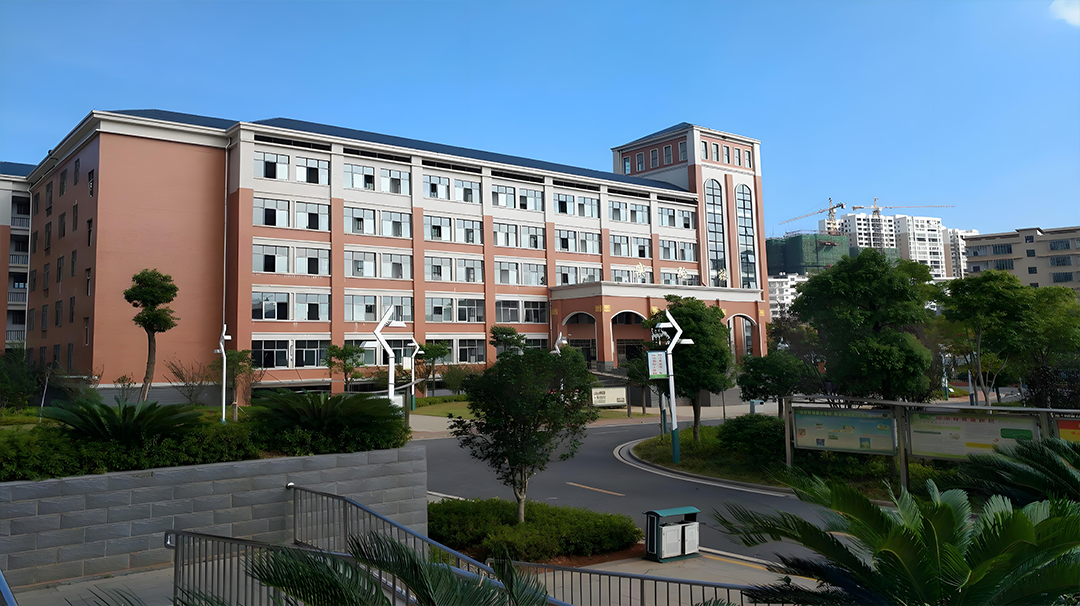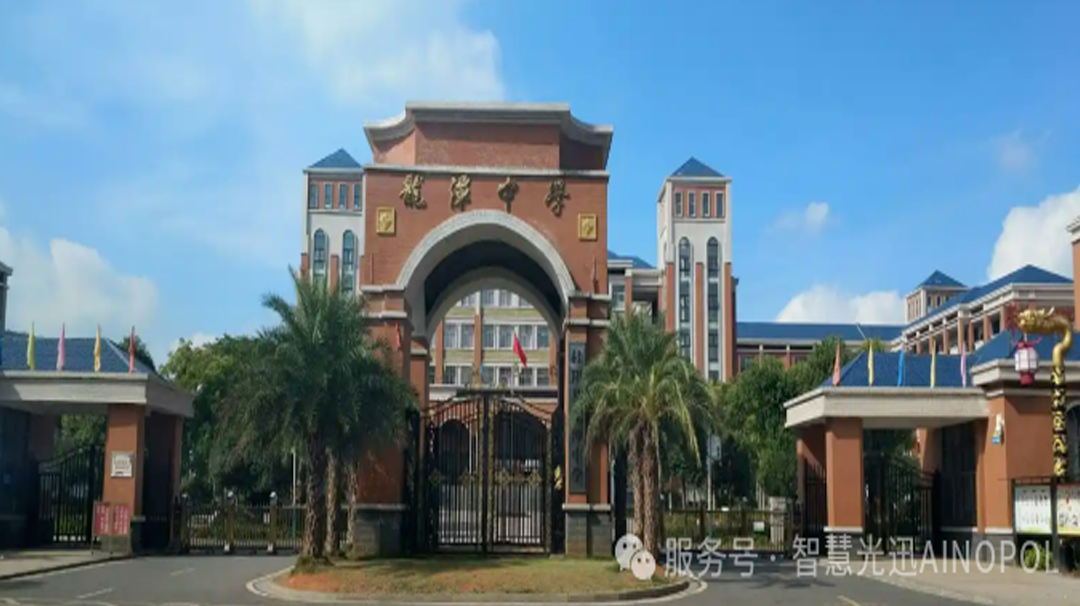
Lufeng High School in Guiyang County, Chenzhou City, is a demonstrative ordinary high school in Hunan Province. The school is located in the south of Guiyang, a "thousand year old county", with a beautiful campus environment, excellent teaching staff, and superior educational conditions. The school covers an area of 168 acres and currently has 81 teaching classes, 326 in-service teachers and staff, and over 5000 students. It is a exemplary organization for democratic management of the national education system and a national green school. The school has always been at the forefront of educational modernization, and in recent years has been deeply promoting information technology construction, committed to building a stable and efficient information and communication platform.
With the popularization of high-definition video teaching, online exams, remote meetings and other applications, the existing network infrastructure of schools is no longer able to meet the growing demand. A high-speed and stable internet network has become a must-have, and multi service collaboration between wired access, wireless coverage, and office networks has become a key requirement.
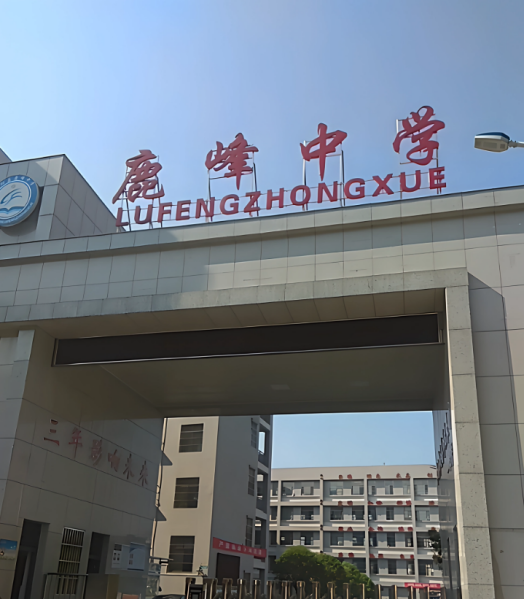
Network bottleneck highlights: Lufeng Middle School's information construction faces three major challenges
The information technology needs of Lufeng Middle School are mainly reflected in three aspects:
The demand for network bandwidth is urgent. The existing network equipment is no longer able to meet the needs of modern teaching. The daily teaching, teaching and research management and the life of teachers and students all need smooth Internet access, especially the application of classroom multimedia platform, monitoring system, broadcasting equipment, etc., which puts forward higher requirements for network bandwidth.
Insufficient multi business carrying capacity. Multiple services such as data, voice, and video need to be transmitted simultaneously without interfering with each other, which poses challenges to the network's load capacity and service quality assurance. As an important component of the campus network, the office network needs to ensure the priority transmission of administrative office and academic management systems. The lack of a unified network management platform leads to low efficiency in troubleshooting, making it difficult to achieve rapid response and early warning, and affecting the smooth progress of daily school management work.
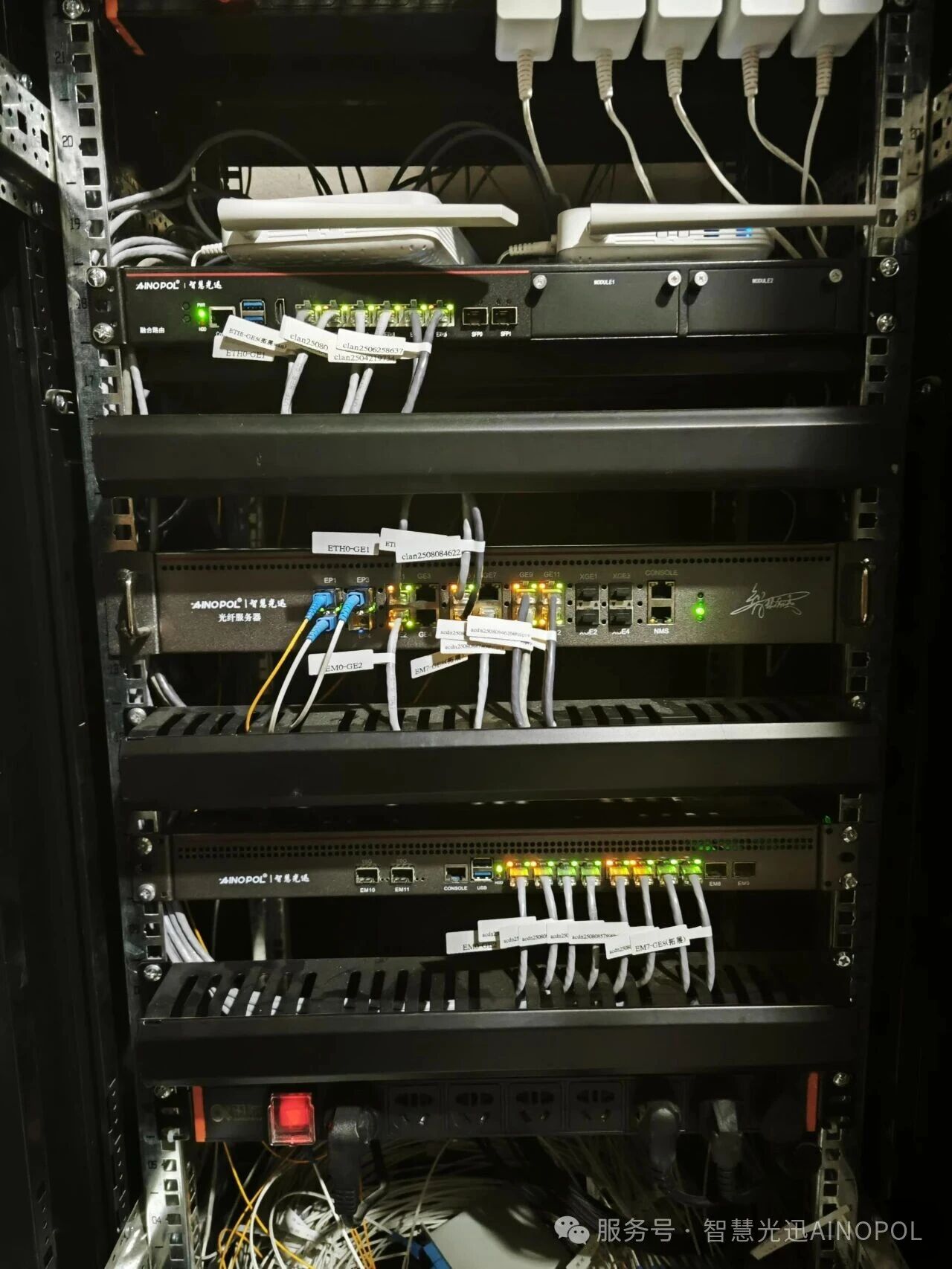
There are shortcomings in wireless coverage and security authentication. The school needs to achieve wireless full coverage in classrooms, conference rooms, offices, dormitories, and other areas, supporting seamless roaming. At the same time, a secure and convenient authentication mechanism should be provided for different roles such as administrators, teachers, and visitors to ensure the compliance and security of network access.
Breakthrough in Technological Innovation: Comprehensive Upgrade of Smart Optical Network Solution
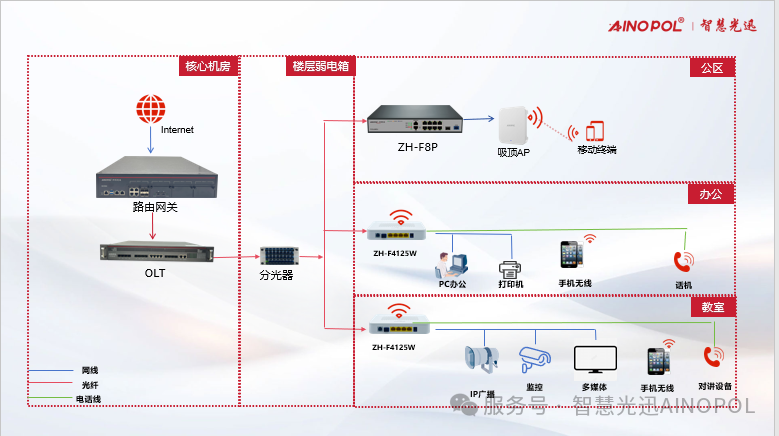
In response to the specific needs of Lufeng Middle School in Guiyang County, Chenzhou City, the all-optical solution of Smart Optics fully considers the diverse needs of the campus network. Through precise fiber optic layout and efficient optical distribution technology, it achieves comprehensive coverage within the campus. The specific content includes:
All-optical network backbone link: using all-optical network technology to achieve all-optical network transmission from source nodes to destination nodes, building a high-speed interconnection foundation for various areas within the campus. Through precise fiber optic layout and efficient light distribution technology, comprehensive coverage of the campus is achieved, providing strong network support for digital teaching.
Core layer 10G cloud switch: Configure 10G core cloud switches as the network core to provide high-speed data exchange and processing capabilities, ensuring network stability and reliability. Deploy high-performance routers to connect with external networks and route forwarding, ensure smooth access to school networks and the Internet, and meet the needs of high bandwidth applications.
Convergence layer intelligent splitting: Deploy passive ODN splitters in the convergence layer to achieve intelligent aggregation and distribution of optical signals. Connect multiple ONUs through the PON interface of OLT to achieve effective coverage of various areas on campus, including key areas such as teaching buildings, administrative buildings, and experimental buildings.
Full coverage deployment of access layer: Install ONU equipment in teaching buildings, dormitory buildings, libraries, sports venues and other places to provide users with gigabit Ethernet interfaces and voice telephone interfaces. By connecting user terminal devices to the network through ONU, high-speed internet access and multimedia communication functions can be achieved to meet the diverse network needs of teachers and students.
Multi service collaborative management: VLAN (virtual local area network) technology is used to divide the network into multiple logical subnets to achieve the isolation and collaborative transmission of data, voice, video and other services. Deploy QoS (Quality of Service) mechanisms to ensure the quality of high priority services such as teaching and management, and guarantee the smooth operation of critical applications.
Seamless wireless network coverage: Deploy multi band wireless AP devices to achieve full scene Wi Fi coverage in classrooms, offices, public areas, and more. Support seamless roaming function to ensure uninterrupted network connection for teachers and students while moving on campus, providing a continuous and stable network environment for mobile teaching and learning.
Security authentication and management: Establish a unified identity authentication system to provide graded network access permissions for different roles such as administrators, teachers, students, and visitors. Adopting advanced network security protection mechanisms to prevent unauthorized access and network attacks, ensuring the safe and stable operation of campus networks.
The advantages of the solution are highlighted: four major features create a new experience of high-speed network
The all-optical network scheme of Lufeng Middle School has four significant characteristics:
High speed bandwidth: all-optical networks provide schools with high-speed and stable network connections, supporting various applications such as multimedia teaching, online learning, and intelligent classroom management. ZH-AC1000 fusion routing supports 10 Gigabit access, fully meeting high bandwidth applications
Stable transmission: Compared to traditional electrical transmission, which is prone to electromagnetic interference and signal attenuation, PON all-optical networks use fiber optic as the transmission medium, making signal transmission more stable and reliable.
Energy saving and environmental protection: The construction of all-optical networks does not require a large amount of metal materials, reducing the consumption of natural resources. The device has relatively low power consumption, and fiber optic transmission does not require power supply, effectively reducing energy consumption and reducing campus carbon emissions.
Strong scalability: Fiber optic transmission has low loss and can maintain signal strength and quality over long distances. This feature leaves ample space for the future network expansion of the campus.
Significant value effect: all-optical network assists in dual improvement of teaching management
The all-optical network construction at Lufeng Middle School has brought multiple values:
For schools, all-optical networking saves comprehensive cabling costs and improves the economic benefits of network infrastructure. By reducing the number of high-power devices, the energy consumption cost has been effectively lowered, which is in line with the development concept of green campus.
For teachers and students, full scene WI-FI coverage provides a more flexible and efficient network experience. The wireless high-speed internet in areas such as offices, libraries, teaching areas, playgrounds, canteens, and student dormitories supports high-density, zero blind spots, and zero roaming between regional scenes, creating a good mobile office and learning environment.
Building on the past and opening up the future: Empowering a new ecosystem of smart education with all-optical networks
The all-optical network solution tailored by Smart Optics for Lufeng Middle School in Guiyang County, Chenzhou City not only solves the current network bandwidth bottleneck and multi service concurrency challenges faced by the school, but also lays a solid foundation for future smart campus construction through forward-looking technological planning. The high bandwidth and low latency characteristics of all-optical networks perfectly support modern teaching applications such as multimedia platform teaching, while the complete wireless coverage and security authentication system provide convenient and efficient mobile learning experiences for teachers and students.
The successful implementation of the all-optical network project at Lufeng Middle School has not only improved the quality of education and management efficiency of the school, but also provided a reference example for the network construction of similar schools, and provided strong support for the construction and development of smart campuses.

